I am planning a design for a high voltage (2.5kV) DC power supply to drive a HeNe laser. I would like to add a panel voltmeter at the power supply output to ensure it's operating correctly.
I found a 0-3 kVDC analog panel meter that seems perfectly suited for this purpose, but since it's old/used I don't have a datasheet for it. I do know it has a full-scale current of 1mA and that it says to use an external resistor (as expected). I calculated the series resistor to be ~3MOhms (the meter has 300Ohms of internal resistance, which I ignored). This gives me 833 uA of current across the meter, which seems to be correct - 83% of 3kV = 2.5kV, but at only 250 mV. Does this low voltage matter, or is the meter only sensitive to current? I was thinking it would make more sense for the meter to see 2.5V across it instead of 250mV.
Should I be calculating this a different way, or is this correct? I've never worked with analog meters before.
